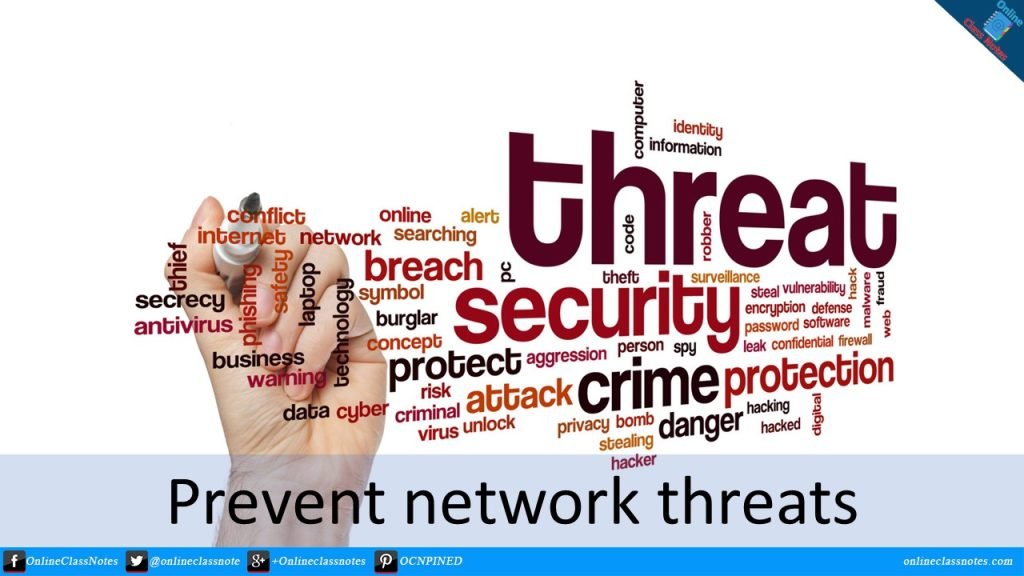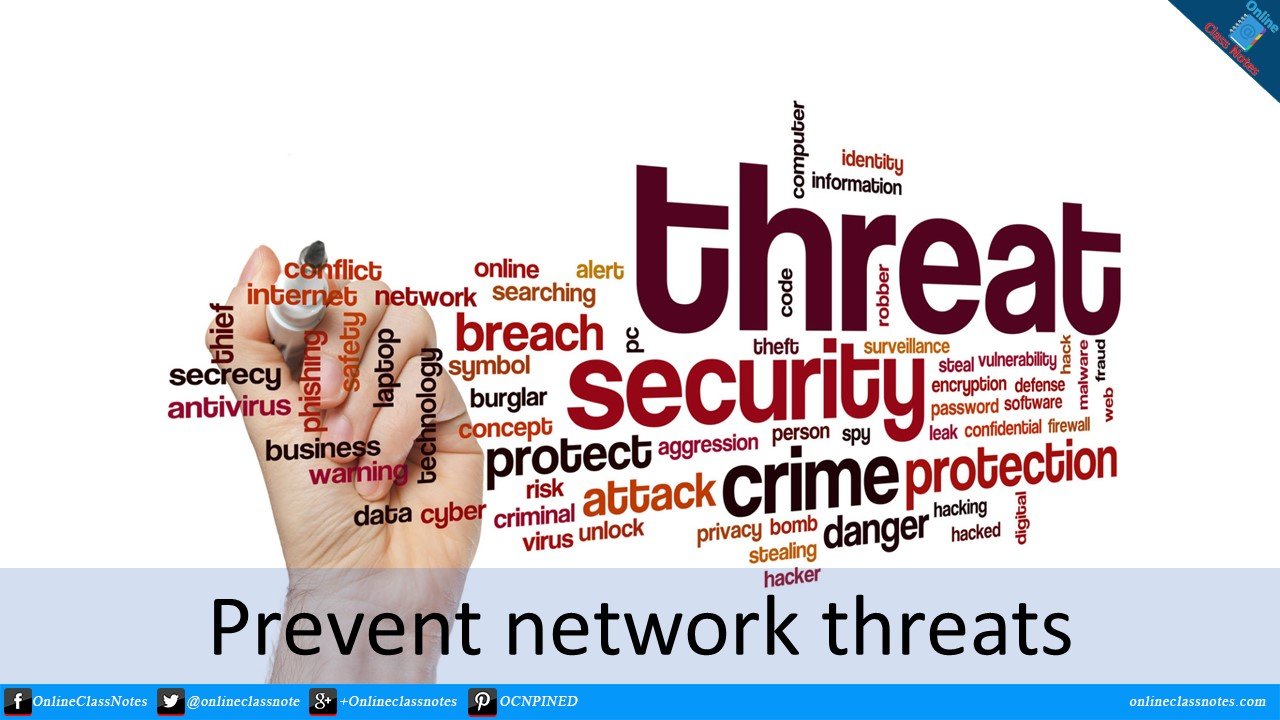In today’s digital age, network security threats are a major concern for individuals and organizations alike. With the increasing use of technology and the internet, cyber attacks have become more sophisticated and more frequent. It is essential to understand the most common network security threats and take measures to protect against them. In this article, we will discuss 10 common network security threats and how to protect against them.

Malware
Malware is a type of malicious software that can damage, disrupt, or steal information from a computer system. It can spread through email attachments, infected websites, or infected files. To protect against malware, you should install anti-malware software, keep your operating system and applications up-to-date, and avoid clicking on suspicious links or downloading files from unknown sources.
Phishing
Phishing is a social engineering technique used by cybercriminals to trick people into divulging sensitive information. They usually do this by sending fake emails or creating fake websites that look like legitimate ones. To protect against phishing, you should always verify the sender’s email address, be wary of unsolicited emails, and avoid clicking on links or downloading attachments from unknown sources.
Man-in-the-middle attacks
Man-in-the-middle attacks occur when an attacker intercepts communications between two parties to eavesdrop, steal information, or manipulate the conversation. To protect against these attacks, you should use secure communication protocols such as HTTPS, verify SSL certificates, and avoid using public Wi-Fi networks.
Denial-of-service (DoS) attacks
DoS attacks are designed to overwhelm a network or system with a flood of traffic, making it unavailable to legitimate users. To protect against DoS attacks, you should use firewalls, limit network bandwidth, and implement intrusion detection and prevention systems.
Password attacks
Password attacks involve attempting to guess or crack passwords to gain access to a network or system. To protect against these attacks, you should use strong passwords, implement two-factor authentication, and enforce password expiration policies.
Insider threats
Insider threats occur when an employee or contractor with access to sensitive information intentionally or unintentionally causes harm to the organization. To protect against insider threats, you should implement access control measures, monitor employee behavior, and educate employees on the importance of security.
Ransomware
Ransomware is a type of malware that encrypts a victim’s data and demands payment in exchange for the decryption key. To protect against ransomware, you should back up your data regularly, install anti-malware software, and avoid clicking on suspicious links or downloading files from unknown sources.
SQL injection
SQL injection attacks occur when an attacker uses malicious SQL code to exploit a vulnerability in a website or application, allowing them to access sensitive data or execute unauthorized commands. To protect against SQL injection attacks, you should use parameterized queries, validate user input, and implement input validation filters.
Cross-site scripting (XSS)
XSS attacks occur when an attacker injects malicious code into a website or application, allowing them to steal information or execute unauthorized commands. To protect against XSS attacks, you should use input validation filters, sanitize user input, and implement security headers such as Content Security Policy.
Zero-day exploits
Zero-day exploits are vulnerabilities in software that are unknown to the vendor or developer, making them difficult to patch or mitigate. To protect against zero-day exploits, you should keep your software up-to-date, implement intrusion detection and prevention systems, and use anti-malware software.
In conclusion, network security threats are a major concern in today’s digital age. It is essential to understand the most common threats and take measures to protect against them.
